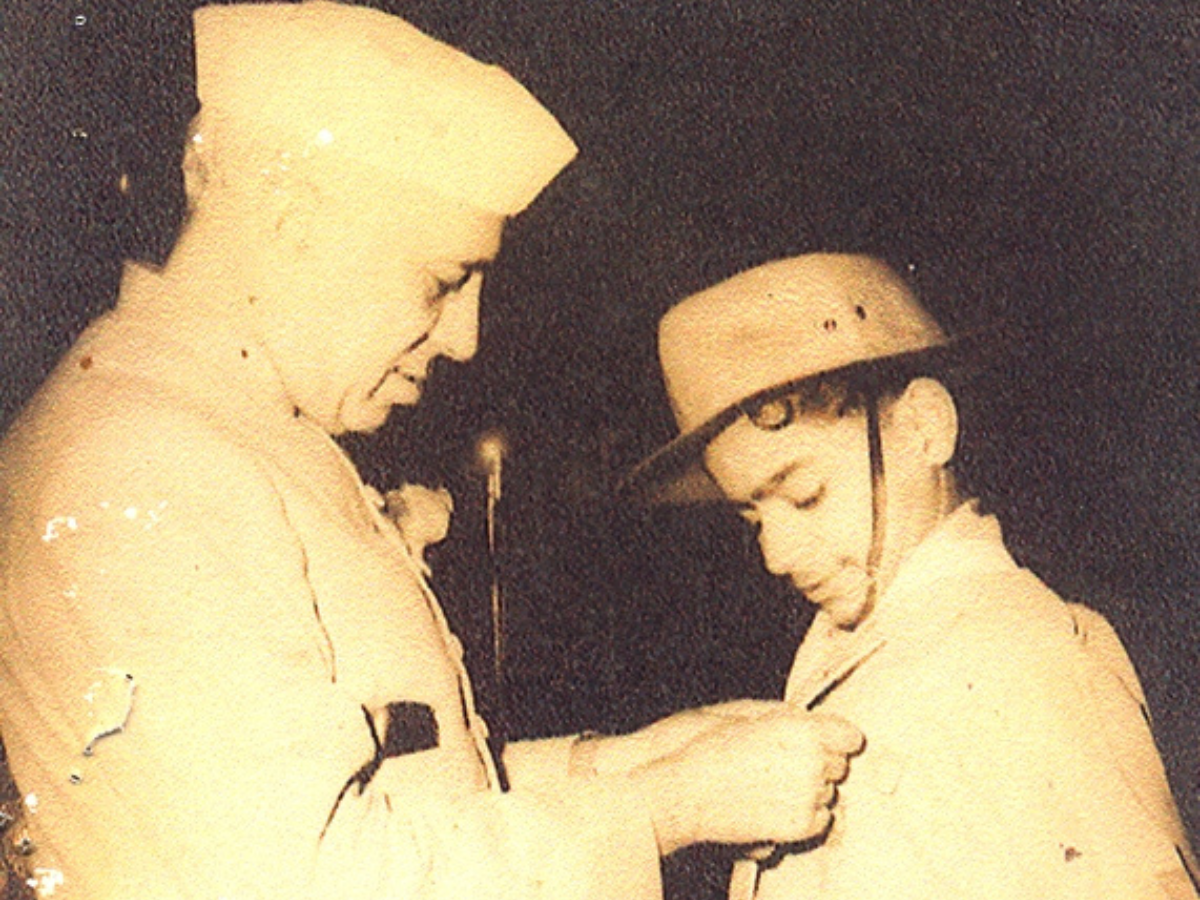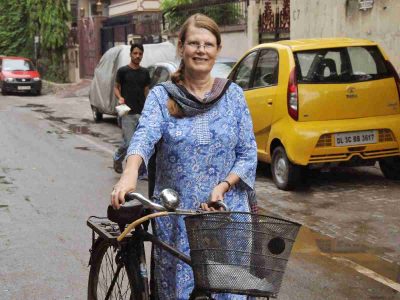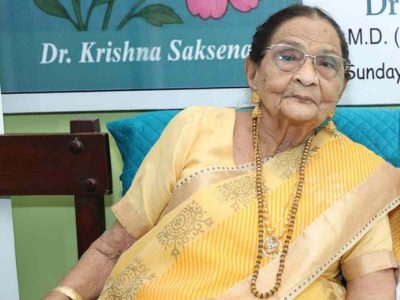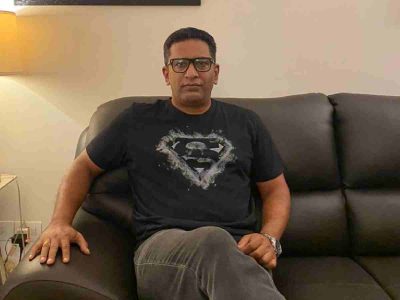Every January, memories take Harish Chandra Mehra back to a time over six decades ago when he became a child superstar at the age of 14.
As all the National Bravery Award-winning children will pass through Kartavyapath during the Republic Day parade on January 26, the first child recipient of the award, now an old, weary man of 80 summers, would be watching them on his TV set in a sombre mood in his Katra Neel home in Chandni Chowk.
Mehra saved the then Prime Minister Jawaharlal Nehru’s life on October 2, 1957 at Capital’s Ramlila ground.
The octogenarian recalls the incident vividly, “Pandit Nehru, Indira Gandhi and many other dignitaries were watching Ramlila at the Ramlila Ground in Delhi. I was doing duty as a scout in the shamiyana where all the VIPs were sitting. It was around 5.30 in the evening. Suddenly, a fire broke out in that shamiyana due to a spark from the firework. I immediately entered the burning shamiyana and started climbing the 20-feet high electric pole. On reaching the top, I brought out my scout’s knife and cut off the burning shamiyana cloth. It took me less than five minutes to do the job.”
All those sitting under that shamiyana watched Mehra’s daring act. However, Mehra`s hands were severely burnt during the effort.
He was taken to Irwin Hospital, now called LNJP, for treatment. Jagijivan Ram, then the Union Railways Minister, and many other personalities visited him at the hospital. When Mehra recovered fully from his injuries, he returned to school — Girdharilal School in the walled city. He was also given a certificate by the school principal.
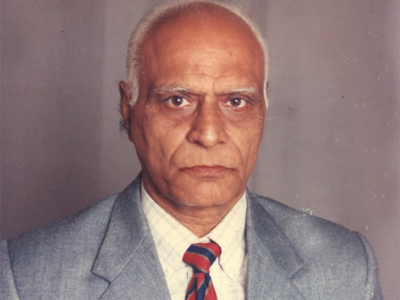
Recalls Mehra, “I had forgotten about the incident when one day, our school principal Tej Bhan Sethi came to our class and informed me that I was nominated for a special National Gallantry Award which was being instituted by the Government of India.”
Mehra got that award from Prime Minister Nehru at Teen Murti House in February, 1958.
“My parents were also with me. While patting my back, Pandit Nehru told my parents, ‘Your son has saved my life. I am sure he will certainly become a great man in his lifetime. Mrs Indira Gandhi was also present there. Pandit Nehru was with us for around 15 minutes. My parents were so happy that after the meeting, they distributed sweets to the people in Katra Neel. My father, Rajinder Nath Mehra ji and mother Laxmi Devi came from humble backgrounds,” recalls Mehra.
“They were absolutely delighted to see their son becoming a celebrity. Never in their dreams had they thought of being bestowed with such praiseworthy words that Nehru said to them.”
The Delhi-based newspapers published profiles and interviews of Mehra. The DAVP (Directorate of Advertising and Visual Publicity) made a documentary on his dare-devilry. It was screened in cinema halls across the country. The owner of Novelty Cinema, close to where Mehra lived, allowed free entry to anyone who wanted to see the film. The All India Radio also invited him for a 10-minute talk.
Recalling his days of celebrity status, Mehra says, “One day some people from Government of India came to my place and told my parents that I was nominated for a special National Gallantry Award which was being instituted by the government.”
For the first time, a civilian boy of barely 14 also took part in the Republic Day parade on January 26, 1959. It was after this bravery award to Mehra that the government decided to institute the National Gallantry Awards for children on an annual basis.
Mehra, however, is a dejected man in his twilight years. After his brief celebrity status, he had visualised an excellent career for himself. He retired as an Upper Division Clerk from a central government department.
“I wonder whether the nation was really serious when it honoured me with the gallantry award. Despite promises by successive Prime Ministers, none of them ever bothered to help me in any way. I can’t understand why when policemen can get promotion for saving lives of people, which in any case is their duty, couldn’t I be given any promotion for saving the life of Prime Minister of the country?”
Mehra had to quit studies due to financial constraints. He took up a job as Lower Division Clerk in Union Public Service Commission, Dholpur House. Three years later, he was transferred to the Controller of Publications. There was no incentive, no promotion. He retired from there on February 27, 2004. He is unhappy with the establishment.
“I am the only one who has got an award for saving a Prime Minister’s life, but I have lived my entire life without a single promotion despite promises by PMs like Rajiv Gandhi and Atal Bihari Vajpayee. Even police officers accused of molestation and murder have got promotions,” he complains.
Every year, Mehra sits with his family to watch the Republic Day parade on TV. The sight of award-winning children walking in the parade rekindles memories.
There appears to be little else to cheer this braveheart-turned-babu. If life is a stage, then for Mehra, the drama ended at 14.
“The award made me believe that destiny had a lot in store for me,” he admits. “But my life has been very ordinary.”
He could not complete his graduation because his family was so poor and had to start working early.
“I come from a poor but reputed family. My father was a freedom fighter. I live in the house where I was born. I will die here,” Mehra concludes with moist eyes.
All about the bravery award
Children winning the National Bravery Award have been part of the Republic Day Parade since 1959. When they pass from the Kartavya Path on way to Red Fort, they always get huge cheer from the capacity crowd watching the parade. For several years, they used to wave hands from the elephants that were carrying them. However, the government had to abandon elephant ride for them when animal rights activist Maneka Gandhi objected to the practice. Then they moved in open jeeps.
According to Rajnikant Shukla, who has authored a series of books on children conferred with bravery award, “They reach Delhi at least 10 days before the Republic Day. Then they are given training for the parade.”
Before the Republic Day Parade, they meet the President, Vice-President, Prime Minister of India and other dignitaries. Apart from visiting some historic places in Delhi, they often visit the Fun and Food Village for fun and frolic. There they get lots of gifts.
During their stay in the national capital, the Child Welfare Department of Government of India hosts them. Media also interview them and publish their acts of bravery. Of course, they all become celebrities.

